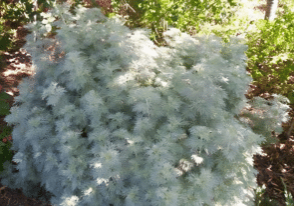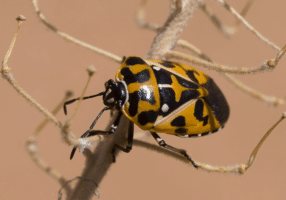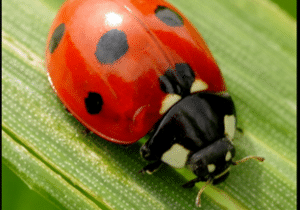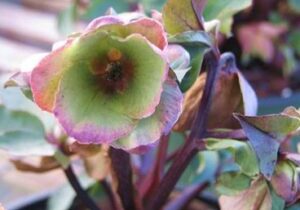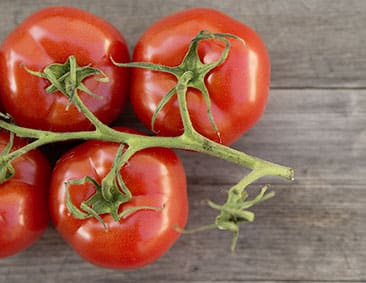
Tomatoes
An ounce of prevention is worth a pound of cure
Just about every southerner’s garden has a row of tomato plants. And, if you don’t live in the country, you probably have a tomato plant or two in a pot. What southerner doesn’t like a tomato sandwich with a cold glass of sweet tea on a hot summer day?
Keeping plants healthy can be difficult, as there are a whole host of microbes that threaten to come between us southerners and our tomato sandwiches. Fortunately, there are a few measures you can take in order to give your plants a fighting chance.
We all like our heirloom tomatoes, but plant some hybrid tomatoes too. Many hybrids have been developed to be disease resistant. Heirlooms tend to be less resistant against the common tomato diseases. Do not be scared to plant hybrids. Hybrid and Genetically Modified are two completely different things. A mule is a hybrid because it’s mom was a horse, and it’s daddy is a donkey. You mix the best of two of the same species to get a stronger animal. It is called hybrid vigor. If you took a donkey and inserted a gene from a cat, now that would be genetically modified, and scary.
My favorite heirlooms are the Cherokee Purple, Black Crim and Mortgage Lifter. Some of my favorite hybrids are the Amelia, Bella Rose, Crista and Fletcher.
After you have decided on some heirlooms and some hybrids, it’s time to plant. Make sure you don’t plant your tomatoes too early. Cold temperatures causes stress on the plants, leaving them susceptible to disease. Wait until the night time temperatures are consistently 60 degrees. Warm days, and cool nights are not good for your plants. Plant no earlier than late April, unless planting in a container that you can move indoors on cool nights. You have heard of indoor/outdoor dogs? Well this would be an indoor/outdoor tomato plant.
If planting your tomatoes in the ground, make sure you pick a new spot each year, especially if you had a problem in the past. When planting in pots, change the soil from year to year. Also, space your plants far apart. This way the air can move though and keep the foliage dry. Early Blight, Late Blight, Leaf Spot, Buckeye Rot and Wilt, the main tomato diseases, thrive on moisture. Water the ground at the base of your plants, instead of using overhead sprinklers. Drip systems work best. Be sure to pluck off any branches that are touching the ground.
A well fed plant is a healthy plant. Feed your plants with a fertilizer that has calcium. I like using Organic Tomato-Tone. It lasts three weeks with each application. Black Cow Compost is also a wonderful additive for your soil. Mix in well. Tomatoes love compost and taste much better when it is used. Water your plants regularly in order to keep them extra healthy. Thirsty plants are sickly plants.
If you take all of the above mentioned precautions, but start seeing spots on your leaves, the battle is not lost yet. Cut off the affected branches. Throw the limb in the trash and wash your hands, so you don’t spread disease to the rest of your tomatoes. If your plant starts wilting- and it’s not caused by lack of water, the best thing to do is pull it up before it spreads to your other plants.
“An ounce of prevention is worth a pound of cure,” my Grandma Sharpe always said. So put in a little time and effort and you should be able to win the battle against the common tomato diseases that threaten to come between you and your tomato sandwich.

